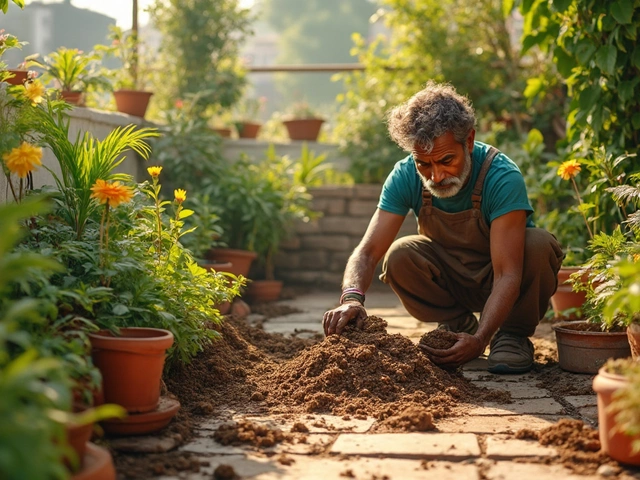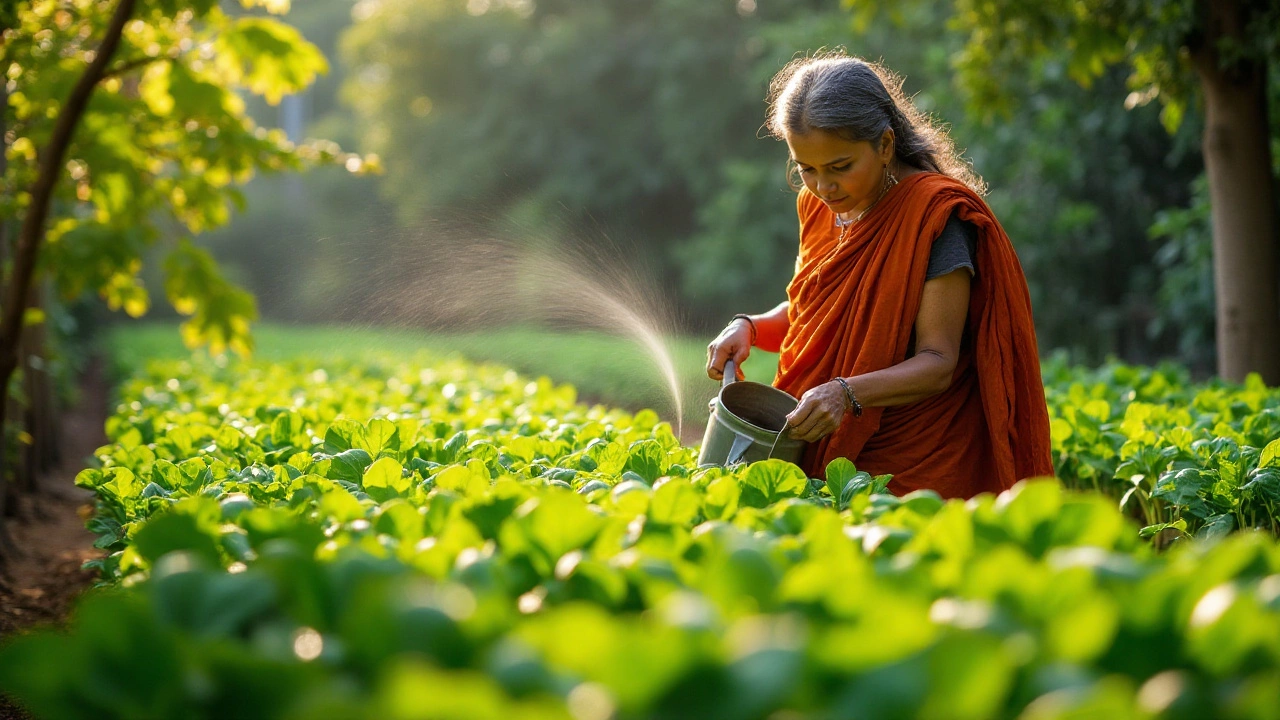Nutritious Food: Grow Healthier Crops at Home
Ever wonder why the veggies you buy look great but taste bland? The secret is often in the soil and the plant variety you choose. When you grow food yourself, you control what goes into the ground, which means you can boost the nutritional value of every bite. Below are hands‑on tips that fit Indian climates and give you real, tasty results without fancy equipment.
Boost Soil Nutrition Naturally
The first step to nutritious food is a living, healthy soil. Start by adding plenty of organic matter – kitchen scraps, leaf litter, or farmyard manure – to your garden beds. These materials feed the microbes that break down nutrients and make them available to plant roots. If you’re short on space, a simple compost bin in the corner can turn waste into black gold within a few months.
Next, think about micronutrients. Indian soils often lack zinc, iron, or calcium, which affect the vitamin content of vegetables. A quick soil test (many local agri‑departments offer free kits) tells you what’s missing. Then sprinkle a small amount of rock phosphate, gypsum, or neem cake to fill the gaps. The key is to apply in thin layers and work it into the top 15 cm – this avoids nutrient lock‑up and improves root access.
Don’t forget drainage. Water‑logged soil suffocates roots and leaches nutrients. Raise your beds a few inches or add coarse sand to heavy clay. A well‑drained bed keeps roots breathing and lets the plant pull more minerals from the soil, resulting in brighter, more nutrient‑dense leaves.
Smart Plant Choices for More Nutrients
Not all vegetables are created equal when it comes to nutrition. Leafy greens like amaranth (chaulai) and fenugreek (methi) are natural calcium boosters, while cruciferous veggies such as broccoli and cauliflower pack vitamin C and glucosinolates. Choose varieties that are bred for Indian conditions – they tolerate heat and moisture swings better, which means the plant stays healthy and can focus on nutrient production.
Companion planting is another free‑bie that raises nutrient quality. Plant legumes such as pigeon pea or cowpea next to heavy feeders like tomatoes. Legumes fix nitrogen in the soil, giving the tomatoes a steady protein boost that translates into richer lycopene levels. Similarly, stacking basil under peppers repels pests and reduces stress, letting pepper fruits develop more vitamin A.
Water wisely. Over‑watering washes away soluble nutrients, while under‑watering limits uptake. Drip irrigation, placed a few centimeters from the root zone, supplies steady moisture and keeps the soil’s nutrient balance intact. If a full drip system feels pricey, a simple soaker hose works just as well for a small garden.
Finally, harvest at the right time. Waiting too long can cause nutrients to migrate out of the edible parts. For most leafy greens, a cut‑and‑come‑again approach – snipping the outer leaves when they’re 8‑10 cm tall – gives you fresh, vitamin‑rich leaves for weeks. For root crops, check maturity charts for each variety; pulling early often means a sweeter, more nutrient‑dense tuber.
By fixing the soil, picking the right plants, and watering smart, you turn a regular garden into a nutrition powerhouse. The effort pays off on your plate – brighter colors, stronger flavors, and a real health boost that you can trace back to your own backyard.
Discovering India's Healthiest Vegetable for Your Garden
In the realm of vegetable gardening in India, one vegetable often stands out as the healthiest choice—Spinach. Packed with essential vitamins and minerals, this leafy green offers countless benefits for health-conscious gardeners. Whether you're planting in a backyard or using pots on a balcony, spinach thrives in various Indian climates and provides a versatile addition to any meal. Learn how to grow, care for, and incorporate spinach into your diet for an enhanced well-being.
About
Vegetable Gardening
Latest Posts


Most Sustainable Vegetable to Grow: What Actually Wins?
By Alden Thorne May 8, 2025

Best Outdoor Plant for the Lazy Gardener: Bougainvillea
By Alden Thorne Mar 21, 2025

Mixing Top Soil with Garden Soil: Smart Tips for Terrace Gardening
By Alden Thorne Apr 1, 2025

